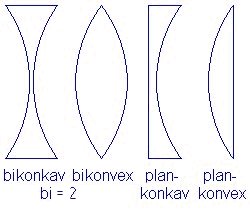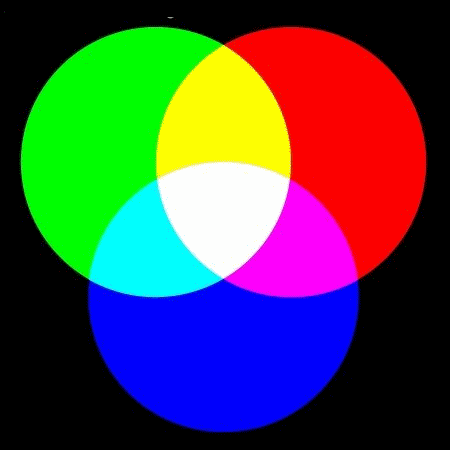|
|
Light 1
Even the relatively simple construction of the mirror has to do with light and the way it spreads itself out. You have probably already heard, that light travels at the incredible speed of 300.000 km/h (!) (it makes little
difference, whether through the athmosphere or through a vacuum). Thus, when a light is switched on, no material is moved, electro-magnetic waves are transmitted.
Basically, light is broken down through an accordingly transparent medium, in a straight line, and is of course, also reversible. Because it is made up of electro-magnetic waves, it also functions in a vacuum,
otherwise we wouldn't see any stars and we'd live in eternal darkness. In contrast to material, light rays can also cross each other, which, e.g., in parabolic reflectors, is very important.

We have to really go a step further, since the arrival of the triple elipsoid (DE) headlamp, lenses are also inserted. The first lenses were made by Galilei and the results of his star-gazing were published in one of the
first popular-science books. It would take at least another 350 years before the Catholic church would acknowledge his results.
Galilei ground concave lenses with the help of rapidly rotating cannon balls, to achieve a magnification of approx. ten. In motor vehicles, the emphasis is placed rather on concentration of the light beam through
convex lenses. This is where the light-refraction comes into play, this means, that on the surface of transparent materials like glass or waterd, the entrance angle is not the same as the exit angle, at least not for the
main part of the light beam.

Try to imagine, a light beam strikes the waster surface at an angle of 20°, it continues under the surface, but not at the same angle, but only at about 15°, this is the refractory angle. The light beam is deflected by about
5°, the greater the entrance angle is, the more the refraction. The amount of refraction also increases if glass is used instead of water.
The measure for the the refraction is the refraction index. This can be calculated by dividing the sinus of the entrance angle through the sinus of the refraction angle. The refraction varies depending on the type of
glass used, the highest is achieved using diamond. As already mentioned, not all the light goes through the different materials. A part of it is reflected when the entrance- and exit angle are the same, indeed, the
higher the density of the medium is, the greater the light reflection is.
| Yellow sodium light strikes from the athmosphere, under normal air-pressure and at 20°C on … | Refraction number/
Refraction index |
| Water | 1,33 |
| Diffusing glass | 1,52 |
| Diamond | 2,42 |
Of course, refraction once again takes place when the light exits the glass, e.g., through a lens. More important still, is that in normal light e.g., sunlight, various light colours, with differing wavelengths, are bundled,
and they also have differing refractory angles. Thus, sunlight can enter the transparent material and the finely broken down colours leave it again side by side.
| This can be well seen when the sun shines onto one side of a CD. |
The spectral colours range from 380 nanometers wavelength for violet, whereby, one nanometer represents one millionth of a millimeter, to 750 nanometers for the colour red. The other way round, every colour
imaginable to the human eye can be produced from the base colours red green and blue depending on their concentrations. By the way, should white-light be produced, this can no longer be broken down into all
the spectral colours.

As a by-product from this site about vehicle technology, it may make the
function of a colour monitor somewhat clearer, and just why diamonds, with their high amount of reflected light and their enormously large refractory angle, sparkle the way they do. This, by the way, is also supported
by grinding the highest possible number of facets into the stone.

So, light is not created by serparating the colours, but by combining them and, if the three base colours are correctly put together, white light is once again produced. The human eye perceives colour if part of the
composition is missing. If an object seems to be purple or pink, the then the base colour green has been removed from its surface, should blue be missing, the object appears as yellow.
| Visible light has a wavelength of approx. 400 - 800 nm. |
The human eye can discern up to 100.000 colour combinations. In addition, the perception of colours becomes difficult when there's too much- or too little light. Apart from that, the human eye perceives individual
wavelengths and thus, colours which are brighter. This is called spectral sensitivity, which is at its highest with the colour green, which has a wavelength of 555 nm. At the same time, when it's dark, we can best pick
out the colour yellow from any uniform grey surroundings. 05/11
| Visible light -> electromagnetic waves/heat rays |
|
|